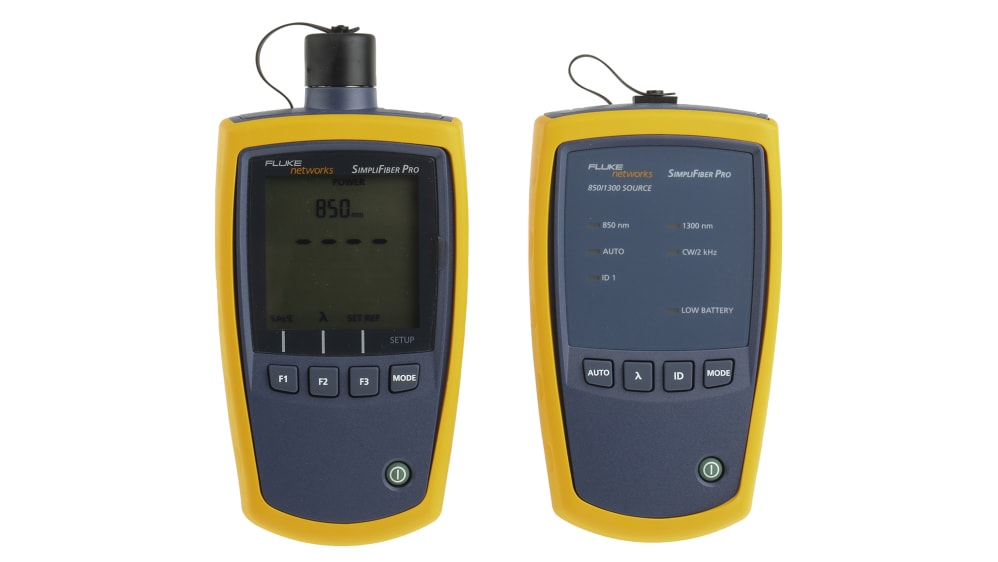Exploring the Conveniences of Optical Fiber Checking for Improved Interaction Equipments
The significance of optical fibre testing in contemporary communication systems can not be overemphasized, as it serves as a structure for guaranteeing network dependability and efficiency. This aggressive testing technique has extensive ramifications for signal top quality and operational efficiency, elevating the concern of exactly how these practices contribute to long-term sustainability in an ever-evolving technical landscape.
Significance of Optical Fiber Testing
The value of optical fibre screening can not be overstated in today's data-driven atmosphere. As companies increasingly depend on high-speed information transmission for day-to-day procedures, the honesty and efficiency of optical fiber networks are vital. Examining makes certain that these networks can support the substantial amounts of data created and sent flawlessly, promoting reliable interaction and connectivity.
Optical fibre screening offers multiple crucial features, consisting of verifying setup top quality, determining prospective faults, and determining general system efficiency. Routine screening can stop expensive downtimes and solution interruptions, permitting companies to preserve operational connection. Furthermore, it helps in conformity with sector standards and policies, making certain that fiber optic installations meet needed requirements for safety and security and reliability.
Additionally, testing can boost the durability of fiber optic systems. By proactively determining problems such as signal loss, depletion, or connector failures, organizations can attend to problems prior to they escalate, thus expanding the life of their facilities. In recap, optical fibre testing is not merely a technical requirement however a critical investment that improves network integrity, enhances performance, and inevitably supports the development and effectiveness of modern-day communication systems.
Key Checking Methods

OTDR is an essential technique utilized to recognize faults, procedure splice losses, and analyze the overall stability of a fiber optic link. By sending a pulse of light down the fiber and analyzing the shown light, technicians can identify areas of faults and assess the network's efficiency over cross countries.
Insertion loss screening measures the quantity of signal loss that occurs when light passes with a connection or splice. This approach is important for confirming that connections fulfill given loss thresholds, which is necessary for preserving ideal performance in interaction systems.
Optical return loss testing evaluates the amount of light reflected back towards the source due to imperfections in the fiber or links. High return loss worths show far better efficiency and reduced signal degradation.
Together, these testing methods offer a detailed analysis of fibre optic why not find out more networks, ensuring their dependability and performance in varied interaction applications.
Effect On System Performance
Effective optical fiber screening directly affects the overall efficiency of interaction systems. By making sure the stability of fiber optic cable televisions, screening recognizes possible mistakes such as attenuation, splice loss, and connector imbalance. These concerns can significantly weaken signal top quality, bring about disturbances and reduced data transmission speeds.

Furthermore, visit this site routine optical fibre screening adds to lasting system sustainability. It allows very early detection of deterioration, permitting prompt upkeep and upgrades before significant failures take place. This not only extends the lifespan of the facilities but also makes certain that communication systems stay affordable in terms of efficiency.
Cost-Effectiveness and Efficiency
Cost-effectiveness is a vital consideration in the implementation and upkeep of optical fibre networks. Carrying out durable optical fibre testing treatments can significantly minimize functional costs by determining concerns prior to they escalate right into significant troubles. robotic vision. By identifying faults, attenuation, and various other efficiency hindrances early, organizations can prevent pricey repairs and downtime, which can interrupt solutions and lead to income loss
Furthermore, effective testing methodologies streamline the installation process, allowing specialists to function better. This converts to decrease work prices and faster task conclusion times. Advanced screening equipment, such as Optical Time Domain Reflectometers (OTDRs), enables a precise assessment of fibre quality, making sure that only ideal products are made use of, therefore lessening waste.
Routine testing additionally adds to far better source allotment. By recognizing the network's performance, organizations can make enlightened decisions about upgrades and developments, making sure that investments are made where they are most needed. In recap, optical fibre screening improves cost-effectiveness and efficiency, sustaining the long-lasting sustainability and competition of communication systems in an increasingly requiring market.
Ensuring Long-Term Integrity
Executing strenuous optical fibre screening not only enhances expense savings and functional performance however also plays an essential role in making sure the long-term dependability of interaction networks. Constant screening practices, consisting of depletion and bandwidth evaluations, aid determine potential deterioration in fiber performance prior to it leads to service disturbances.
By employing sophisticated testing approaches, network drivers can pinpoint mistakes or weaknesses in the fiber framework, enabling for timely removal. This aggressive technique reduces downtime, making certain that communication systems stay useful and efficient. In addition, regular testing adds to the development of a much more resistant network, as drivers can adjust and optimize their infrastructure based on real-time information understandings. Visit This Link robotic vision.
Furthermore, ensuring conformity with sector criteria via optical fiber screening enhances the top quality and integrity of the entire interaction system. This adherence not only reinforces confidence among stakeholders but likewise lines up with regulative demands, which are progressively rigorous.
Verdict
In final thought, optical fibre screening offers as an essential component in boosting communication systems. By using different screening techniques, such as OTDR and insertion loss analyses, networks can achieve ideal efficiency and dependability.